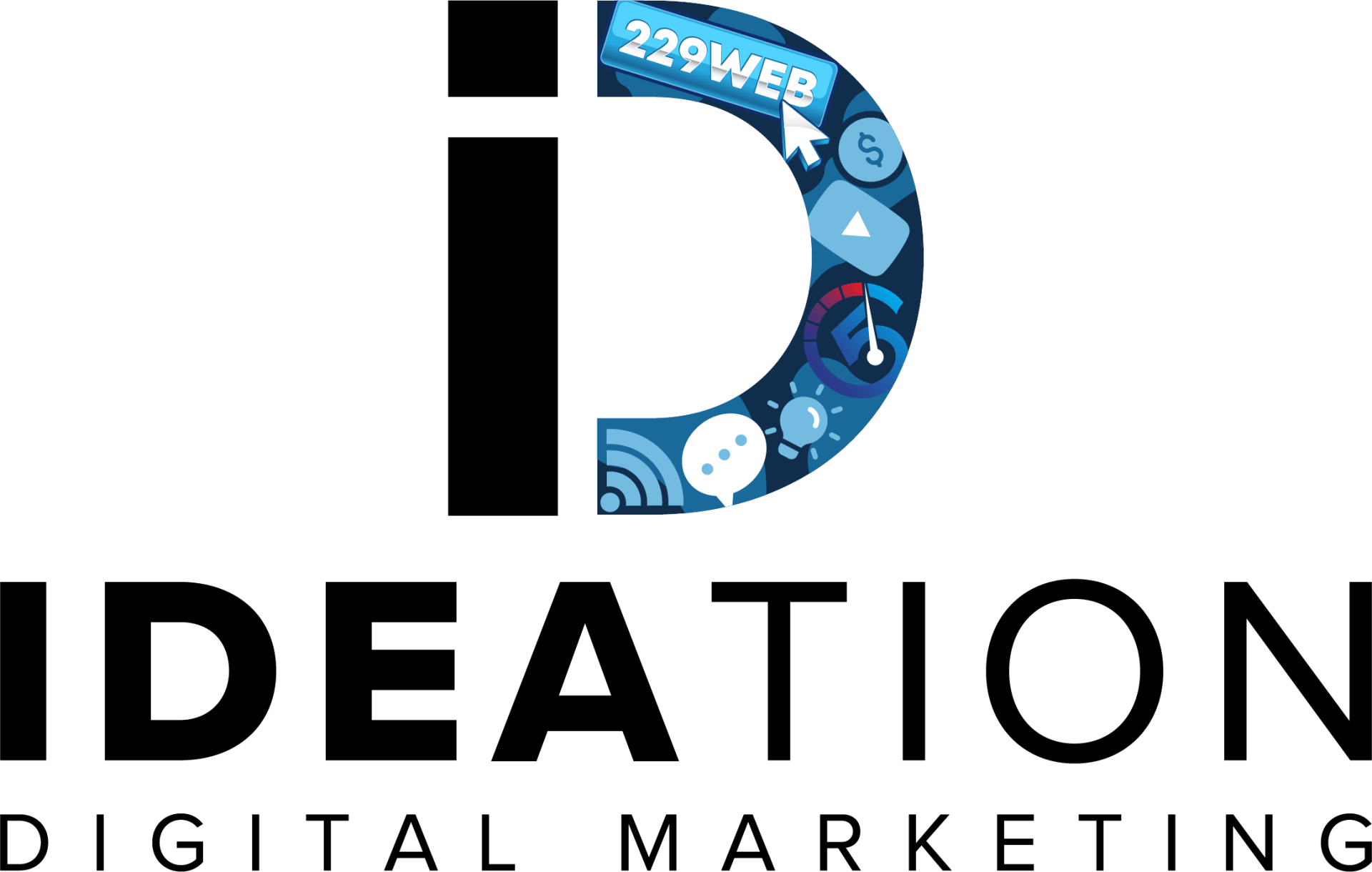Website Development: Key Steps For Beginners
Starting your journey into website development can feel overwhelming, but it doesn’t have to be. Whether you’re setting up a site for a personal project or launching a business online, understanding the essential steps can make the process smoother and more manageable. This guide will walk you through the key stages of website development, offering practical tips and insights to help beginners build a solid foundation. From planning your site’s structure to choosing the right tools and design elements, you’ll gain the confidence and knowledge needed to create a website that looks great and functions seamlessly. Let’s dive in and get your web project off the ground!
Getting Started with Your Website Project
Starting your website project involves more than just setting up a domain and hosting. Begin by defining the purpose and goals of your site—whether it’s for personal blogging, showcasing a portfolio, or supporting a business. Develop a detailed plan that includes your target audience, key features, and desired outcomes.
Research similar sites to understand what works and what doesn’t. Create a timeline with milestones to keep your project on track. By establishing a solid foundation at the outset, you’ll set yourself up for a smoother development process and a clearer vision for the end result.
Crafting a Clear Vision and Strategy
A clear vision and strategy are essential for successful website development. Start by defining the core message and objectives of your site. Determine what content will best serve your audience and how it should be organized. Develop a content strategy that includes a site map, key topics, and a plan for regular updates.
Consider the user journey and how your site will guide visitors through different sections. This strategic planning ensures that your site is focused, effective, and aligned with your overall goals, providing a cohesive experience for users and helping you achieve your objectives.
Selecting the Right Tools and Platforms
Choosing the right tools and platforms is crucial for the success of your website. Start by evaluating content management systems (CMS) like WordPress, which offers flexibility and ease of use, or website builders like Wix and Squarespace for their simplicity and built-in features.
Consider factors such as scalability, customization options, and support. Additionally, think about whether you need
e-commerce functionality, advanced design capabilities, or specific integrations. Your choice should align with your technical skills, budget, and the specific needs of your project to ensure you have the right foundation for development and future growth.

Testing and Launching Your Website
Thorough testing and a smooth launch are crucial steps in the website development process. This phase ensures that your site is ready for public viewing and operates seamlessly across various platforms and devices. By carefully checking every aspect of your site, you can avoid potential issues and deliver a polished, professional online presence.
- Check All Links and Forms: Ensure every link on your site directs to the correct page and that forms function properly, submitting data as intended.
- Test Across Devices and Browsers: View your site on different devices (mobile, tablet, desktop) and browsers (Chrome, Firefox, Safari) to confirm it displays correctly and performs well everywhere.
- Verify Load Times: Measure how quickly your site loads on different networks and devices, optimizing any slow-loading elements to improve performance.
- Inspect for Design Consistency: Review the visual elements of your site to ensure a consistent and appealing design across all pages.
- Conduct a Final Review: Perform a thorough check of all content, functionality, and design elements before making your site live to ensure everything is accurate and working as expected.
After meticulous testing, you’re ready to launch your website. A successful launch is the culmination of careful preparation and testing, leading to a seamless user experience. By addressing any issues and ensuring your site is fully functional, you set the stage for a positive reception and effective online presence.
Maintaining and Updating Your Site Regularly
Ongoing maintenance and regular updates are vital for keeping your website running smoothly and securely. As technology and user expectations evolve, staying on top of updates and maintenance tasks ensures that your site remains functional, relevant, and engaging.
- Update Content Regularly: Keep your content fresh and relevant by regularly adding new information, blog posts, or updates to existing pages.
- Monitor Site Performance: Continuously check your site’s performance metrics and make adjustments to maintain optimal speed and functionality.
- Implement Security Patches: Regularly update your site’s software, plugins, and security features to protect against vulnerabilities and cyber threats.
- Backup Your Site: Schedule regular backups of your website to safeguard against data loss and ensure you can quickly restore your site if needed.
- Review and Revise Design Elements: Periodically assess your site’s design and user experience, making improvements based on user feedback and emerging design trends.
Maintaining and updating your website is an ongoing commitment that keeps it relevant and effective. Regular updates and maintenance not only enhance performance and security but also ensure that your site continues to meet the needs of your audience and supports your overall goals.
Designing a User-Friendly Layout
Designing a user-friendly layout is key to creating a positive user experience. Focus on simplicity and clarity in your design to ensure that visitors can easily navigate your site. Arrange content logically with clear headings, concise text, and intuitive menus. Pay attention to visual hierarchy, using size, color, and placement to guide users’ attention to important elements.
Ensure that your site is mobile-responsive, so it looks and functions well on various devices. Incorporate accessible design practices to accommodate all users, including those with disabilities. A well-designed layout enhances usability and keeps visitors engaged, making it easier for them to find what they need.
Developing Essential Site Features
Essential site features are the backbone of a functional and engaging website. Identify the key functionalities your site needs, such as contact forms, search capabilities, e-commerce options, or multimedia elements. Integrate these features seamlessly into your site’s design and ensure they work across different devices and browsers.
For example, a contact form should be easy to fill out and submit, while search functionality should quickly return relevant results. Regularly test these features to ensure they operate smoothly and efficiently. Properly implemented features not only enhance user experience but also contribute to the overall effectiveness and professionalism of your site.
Optimizing for Performance and Speed
Optimizing your website for performance and speed is essential for a smooth user experience and better search engine rankings. Begin by compressing images and optimizing media files to reduce load times. Minify CSS and JavaScript files to decrease page size and improve speed. Utilize browser caching and a content delivery network (CDN) to enhance load times for users across different locations.
Regularly test your site’s speed using tools like Google PageSpeed Insights and make adjustments as needed. Faster websites provide a better user experience, reduce bounce rates, and contribute to higher search engine visibility, making optimization a critical aspect of website development.
Conclusion
Navigating the world of website development can be both exciting and challenging. By following these key steps—getting started with a clear plan, selecting the right tools, designing user-friendly layouts, developing essential features, optimizing for performance, and thoroughly testing before launch—you’ll be well on your way to creating a successful website. Regular maintenance and updates are equally crucial for keeping your site functional and secure. At Ideation Digital Marketing, we’re here to guide you through every step of the process. If you have questions or need expert assistance, don’t hesitate to reach out to us.
For more information or to get started on your website development journey, contact Ideation Digital Marketing at (304) 814-2445 or visit us at 222 Capitol Street, Suite 522, Charleston, WV 25301.














